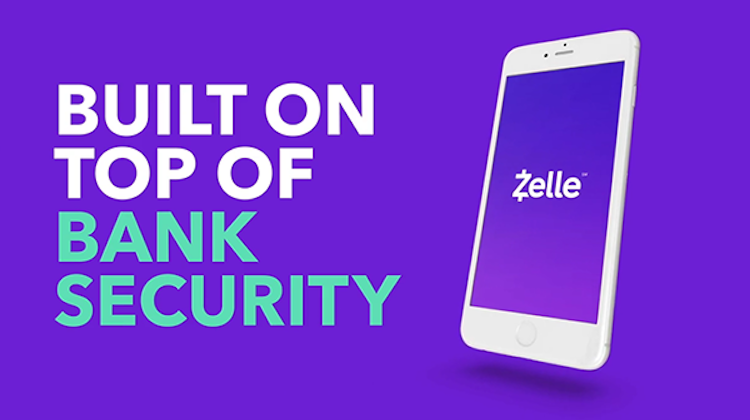Payments
Why faster payments mean faster fraud
- Faster payments doesn't necessarily mean more security; if anything, they're an opportunity for fraudsters to exploit mobile payments, which don’t have as much of a clearing period
- Fraud detection in banks, however, is no longer just about building a wall to keep outsiders out; cybersecurity teams need to install a filter that can identify who can and should enter the system








